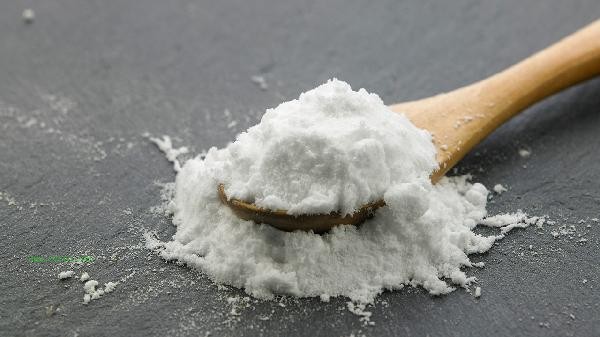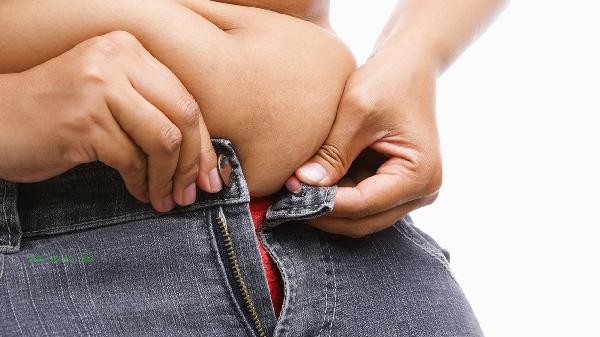During weight loss, it is recommended to consume moderate amounts of Weilong konjac flour, but attention should be paid to the calorie and sodium content of the seasoning. Konjac itself is low in calories and high in dietary fiber, which helps to increase satiety, but the oil, salt, and sugar in processed foods may affect the weight loss effect.

1. Low calorie advantage:
Konjac flour is mainly composed of glucomannan, with only about 7-12 calories per 100 grams of calories, far lower than ordinary staple foods. After absorbing water and swelling, the volume of soluble dietary fiber increases by 30-50 times, which can effectively delay gastric emptying and reduce the amount of food consumed during meals.
2. Sodium content warning:
Weilong konjac refreshing seasoning contains a high amount of sodium, with a single pack of 18 grams containing 300-400 milligrams of sodium. Long term excessive intake may cause edema and elevated blood pressure. It is recommended to rinse with water before consumption, or choose pure konjac flour without additives.
3. Additive issue:

Spicy konjac products often contain seasonings such as chili oil and monosodium glutamate, which may stimulate appetite and lead to overeating. Some products contain preservatives such as potassium sorbate, which may cause intestinal discomfort for sensitive individuals. It is recommended to check the ingredient list and choose products with fewer additives.
4. Alternative solution:
Homemade konjac cold mix is healthier. Mix pure konjac flour with natural seasonings such as lemon juice, millet pepper, coriander, etc., which can retain dietary fiber and avoid excess calories. Unseasoned products such as konjac noodles and konjac rice are more suitable as substitutes for staple foods.
5. Consumption suggestion:
Consume no more than 3 times a week, with each time controlled within 30 grams. Pairing green leafy vegetables with high-quality protein such as chicken breast and shrimp can balance nutrition and avoid stomach discomfort caused by consuming them alone on an empty stomach.

When using konjac based foods as weight loss aids, it is recommended to prioritize raw, unprocessed products. Pure konjac flour can be used to make low calorie staple foods such as konjac tofu and konjac silk, which can be paired with low-fat dishes such as steamed fish and blanched vegetables. Although konjac can provide a sense of satiety, its protein content is insufficient, and long-term replacement of staple foods may lead to malnutrition. In terms of exercise, it is recommended to combine aerobic exercise and strength training, and maintain 150 minutes of moderate intensity exercise per week, such as brisk walking, swimming, etc. The dietary fiber in konjac requires sufficient hydration to be effective, and the daily water intake should reach 2000-2500 milliliters. For special groups such as those with weak gastrointestinal function, the intake of konjac should be controlled to avoid abdominal distention, and diabetes patients should pay attention to the effect of spices on blood sugar.



Comments (0)
Leave a Comment
No comments yet
Be the first to share your thoughts!